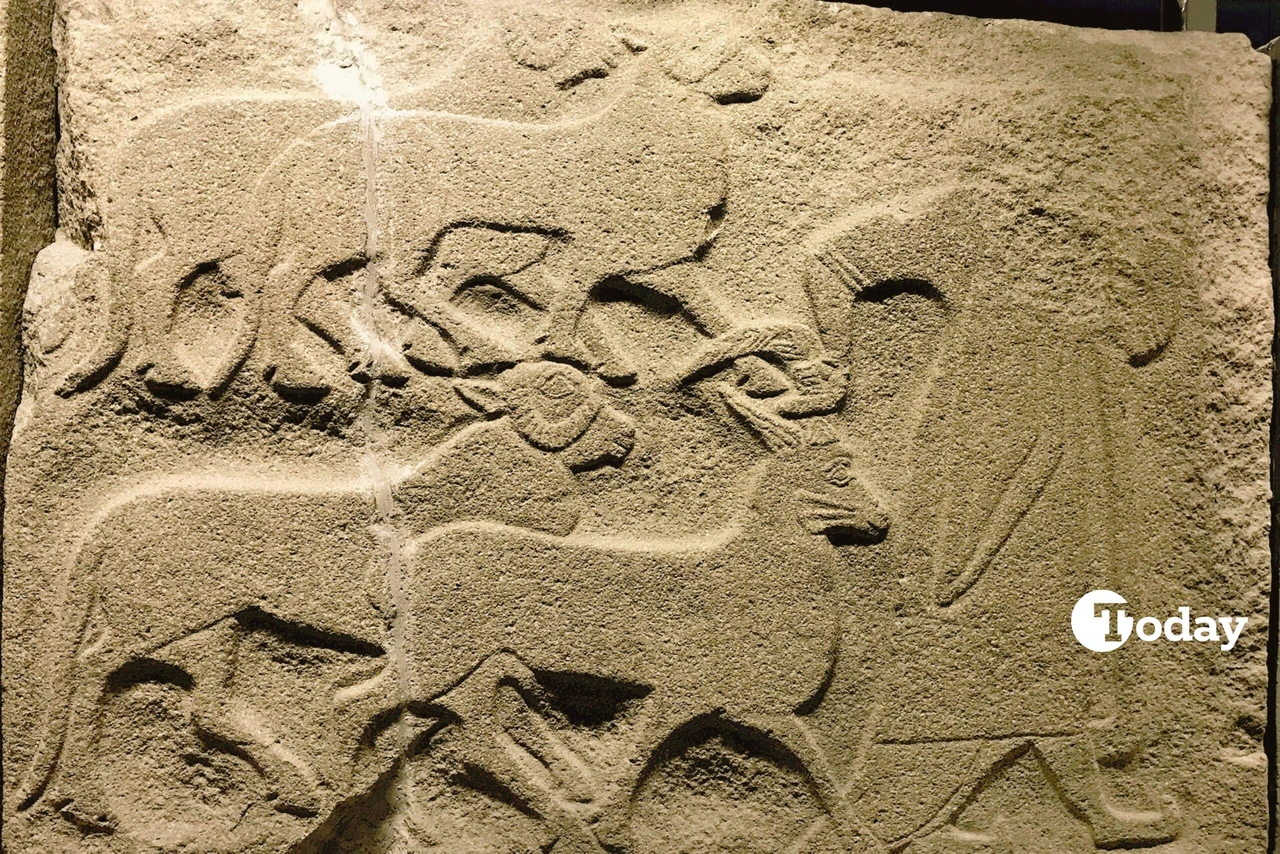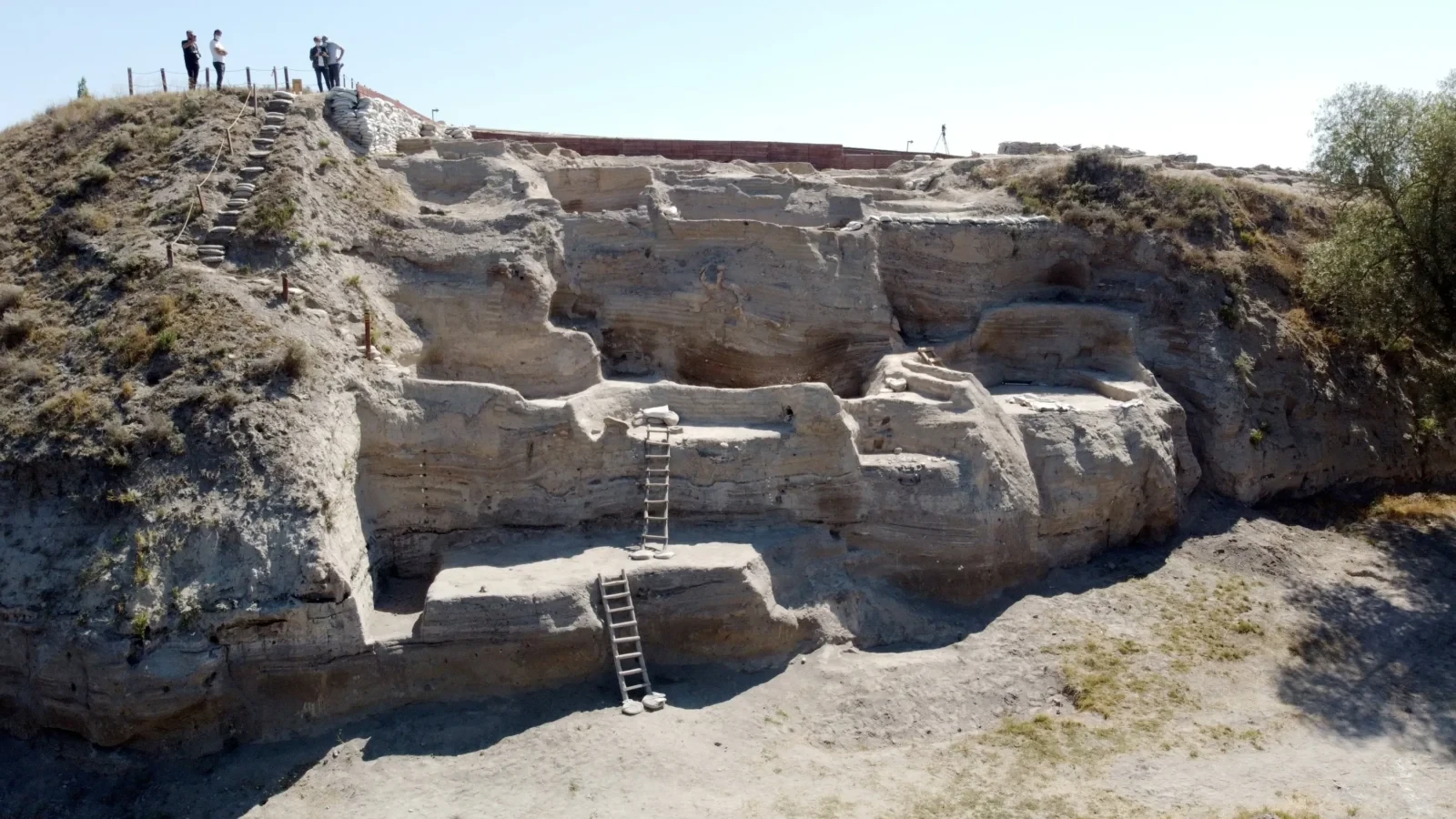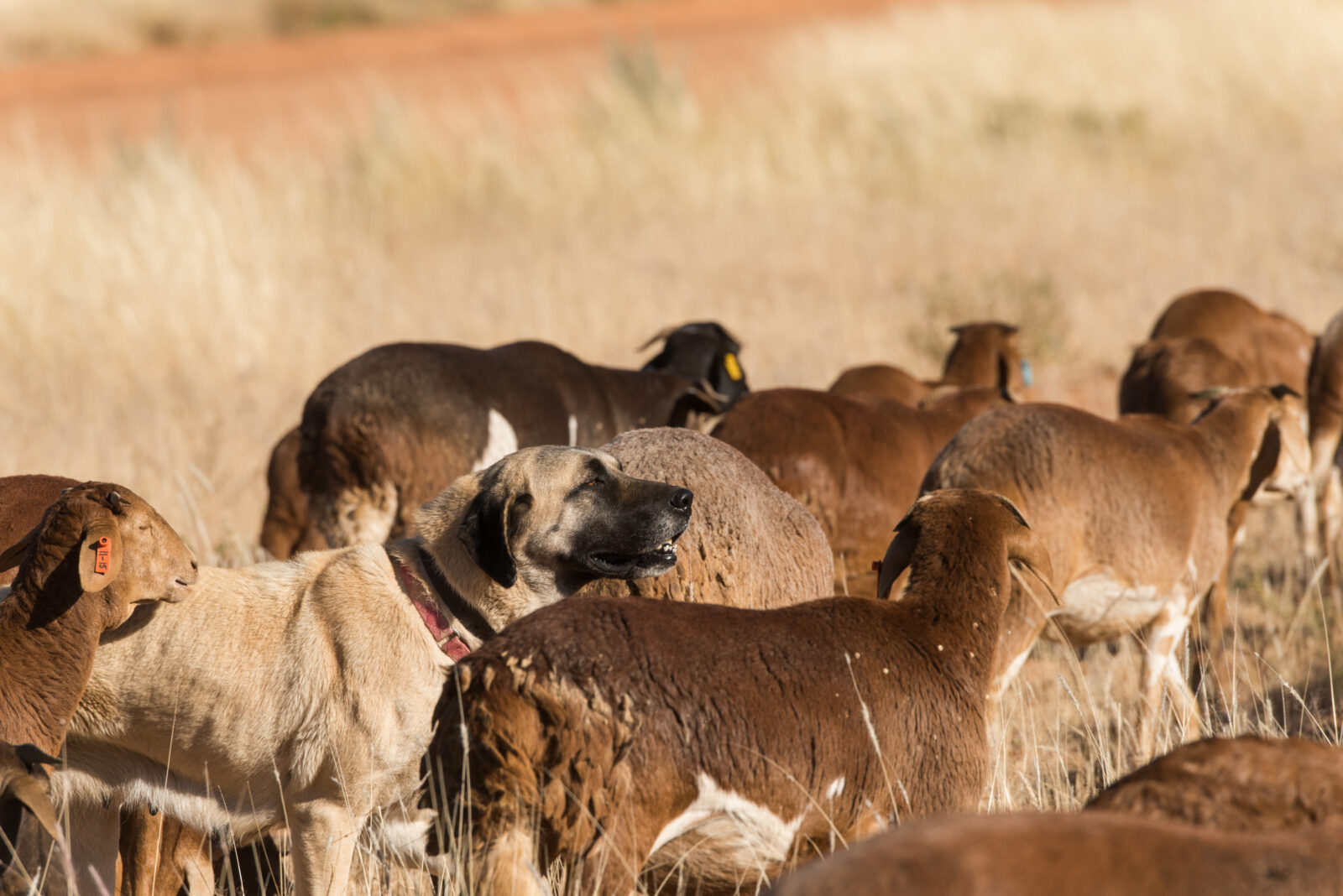World’s first domesticated sheep originated in Türkiye, DNA study reveals
 South Gate Orthostats from Alacahoyuk, Corum, Türkiye, are displayed at the Anatolian Civilizations Museum in Ankara. The relief depicts animals sacrificed for the offering. (Photo via Koray Erdogan/Türkiye Today)
South Gate Orthostats from Alacahoyuk, Corum, Türkiye, are displayed at the Anatolian Civilizations Museum in Ankara. The relief depicts animals sacrificed for the offering. (Photo via Koray Erdogan/Türkiye Today)
Sheep have been essential to human life for over 11,000 years, providing meat, milk, and wool. Now, groundbreaking genetic research has traced the origins of domesticated sheep back to Türkiye’s Asikli Hoyuk, revealing how these animals evolved alongside human civilizations.
An international team of scientists, led by geneticists from Trinity College Dublin and zooarchaeologists from LMU Munich and the Bavarian State Collections of Natural History (SNSB), analyzed 118 ancient sheep genomes from archaeological remains spanning 12,000 years and stretching from Mongolia to Ireland. Their findings, published in Science, offer unprecedented insights into the intertwined history of sheep and humans.

Türkiye’s Asikli Hoyuk: Birthplace of domesticated sheep
One of the earliest known sheep-herding settlements, Asikli Hoyuk in central Türkiye, provided key DNA samples. These genomes appear to be ancestral to later sheep populations in the wider region, confirming that domestication began with wild mouflon captures over 11,000 years ago in the western part of the northern Fertile Crescent.
By 8,000 years ago, early European farmers had begun selectively breeding their sheep, particularly for coat color. This selection process—mirrored in goats—marks the earliest known instance of humans shaping an animal’s biology to suit their needs.
Early farmers were selective breeders
The study found that early sheep breeders were already choosing traits they found desirable. A key genetic discovery centered around the KIT gene, which is associated with white coat color in livestock. This suggests that ancient herders, much like modern farmers, sought specific aesthetic qualities in their flocks.
By this time, the earliest domesticated sheep genomes from Europe had already diverged from those in Iran and Central Asia. However, this separation was short-lived, as people transported sheep from eastern populations westward.

Sheep migration shaped human civilizations
DNA evidence suggests that sheep migration coincided with major human cultural shifts. Around 7,000 years ago, as civilizations flourished in Mesopotamia, sheep genomes also moved westward within the Fertile Crescent.
A more profound transformation occurred 5,000 years ago with the rise of pastoralist societies in the Eurasian steppes. These nomadic groups migrated westward, altering the genetic makeup of European human populations and introducing Indo-European languages to the continent.
This large-scale movement was driven, in part, by sheep herding and the exploitation of lifetime products such as milk and possibly cheese. By the Bronze Age, sheep herds had incorporated around 50% of their ancestry from the Eurasian steppe, reflecting the deep cultural and economic importance of these animals.
A relationship that shaped history
Kevin Daly, first author of the study and Ad Astra Assistant Professor at UCD School of Agriculture and Food Science, highlighted the significance of their findings:
One of our most striking discoveries was a major prehistoric sheep migration from the Eurasian steppes into Europe during the Bronze Age. This parallels what we know about human migrations during the same period, suggesting that when people moved, they brought their flocks with them.
Professor Dan Bradley, leader of the research, emphasized the long-standing bond between humans and sheep:
This research demonstrates how the relationship between humans and sheep has evolved over millennia. From the early days of domestication to the development of wool as a crucial textile resource, sheep have played a vital role in human cultural and economic development.
Co-corresponding author Professor Joris Peters of LMU Munich added:
Our study, while convincingly reconciling morphological and genomic evidence of the geographic origin of domesticated sheep, clearly illustrates that further transdisciplinary research is needed to clarify the patterns of dispersal and selection of the many landraces occurring today in Eurasia and Africa.
The study reveals that sheep were not just a food source but a key driver of human civilization, trade, and migration. Their domestication fueled economic expansion, enabled the spread of cultures, and even played a role in shaping modern populations.



